ONLINE SHOPPING, DRIVEWAY DELIVERY
The Chrysler E-Shop Program now delivers the complete dealership experience online. Home delivery is available through participating dealerships.
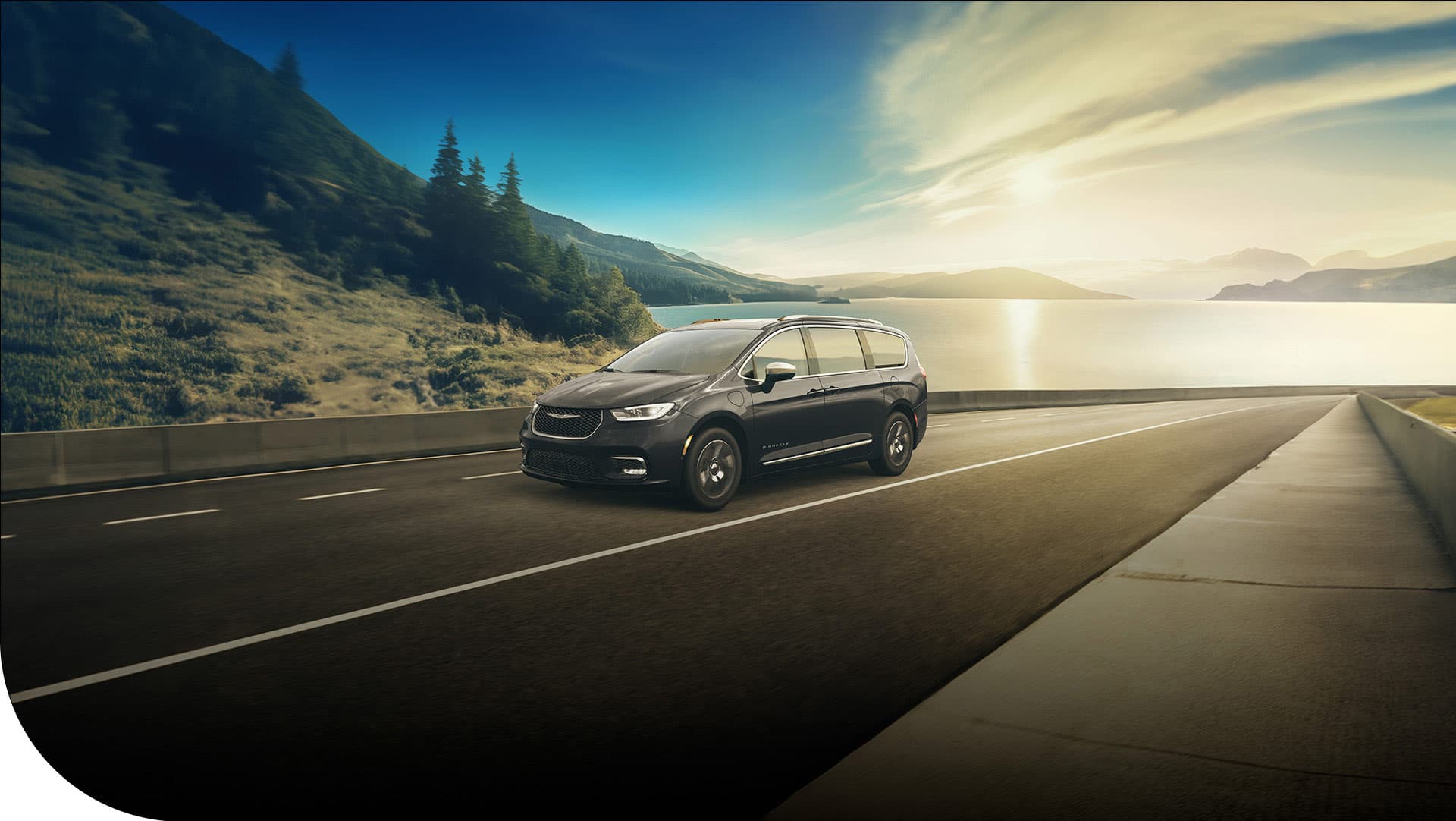
Plug into the future of smart, sustainable travel with the 2026 Chrysler Pacifica Plug-in Hybrid. Perfect for a quick jaunt around the neighborhood or longer family adventures, this minivan is meticulously crafted for today’s modern family. With an all-electric range of 32 miles and up to 82 MPGe combined, get anywhere and everywhere with more ease and practicality.
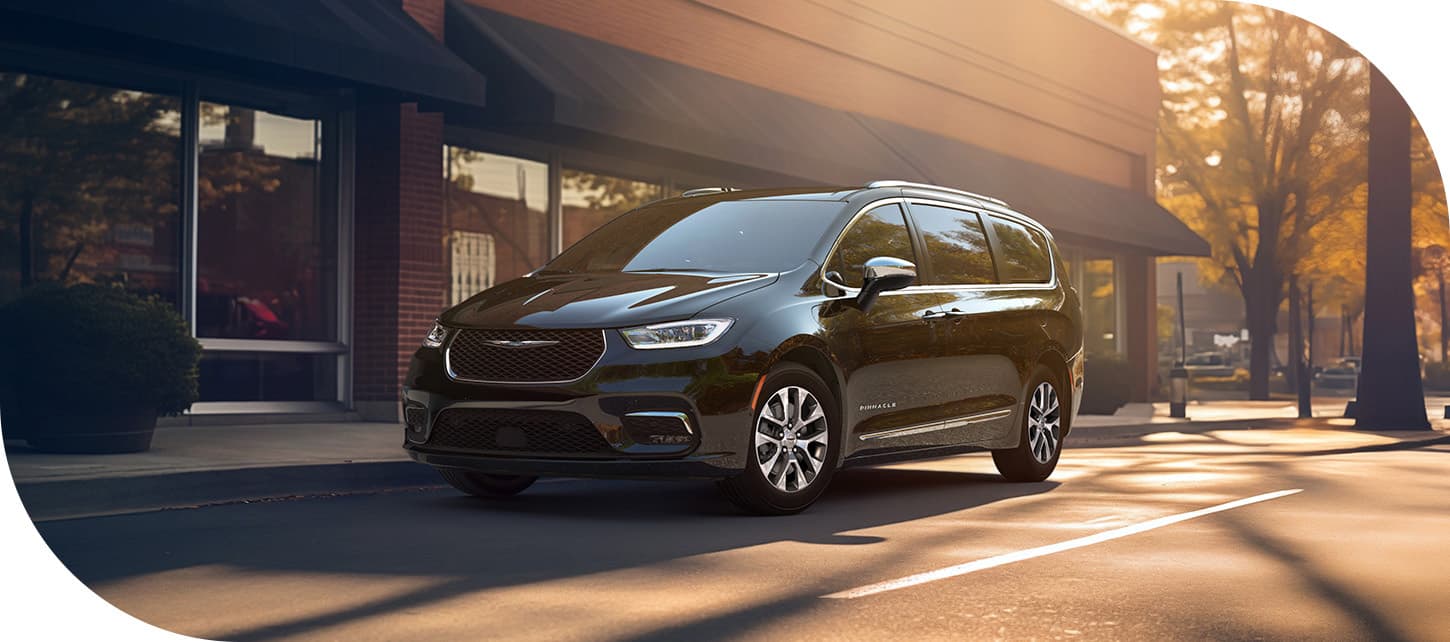
Whether it’s a quick outing or your family’s next big trip, the 2026 Chrysler Pacifica Plug-in Hybrid minivan offers the intuitive and efficient hybrid tech needed to make your life easier. Experience how our hybrid powertrain can help add value to the drives that make up your life.
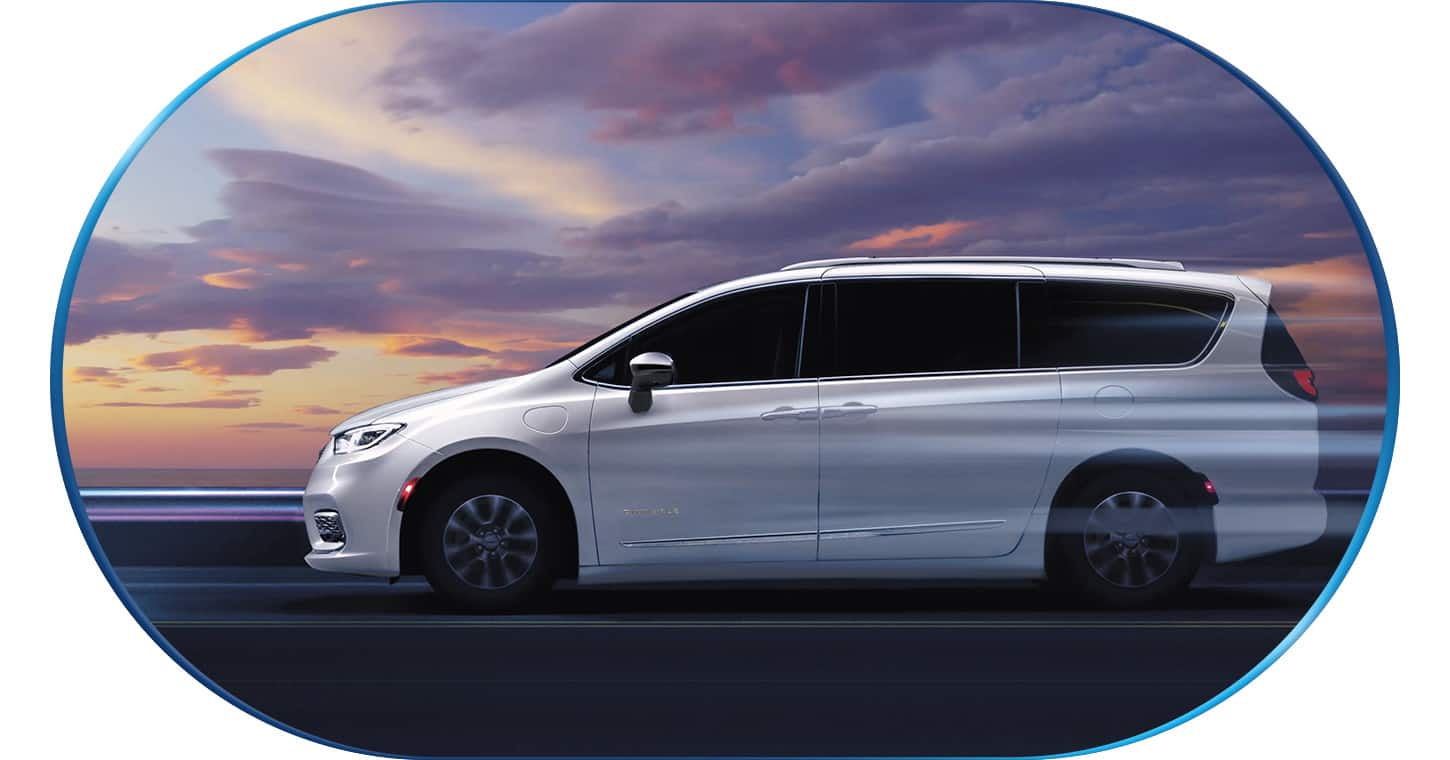
The 2026 Chrysler Pacifica Plug-in Hybrid comes with an array of standard safety and security features, with intuitive systems like Adaptive Cruise Control , Blind Spot Monitoring, and LaneSense® Lane Departure Warning with Lane Keep Assist offering you and your family dedicated peace of mind.
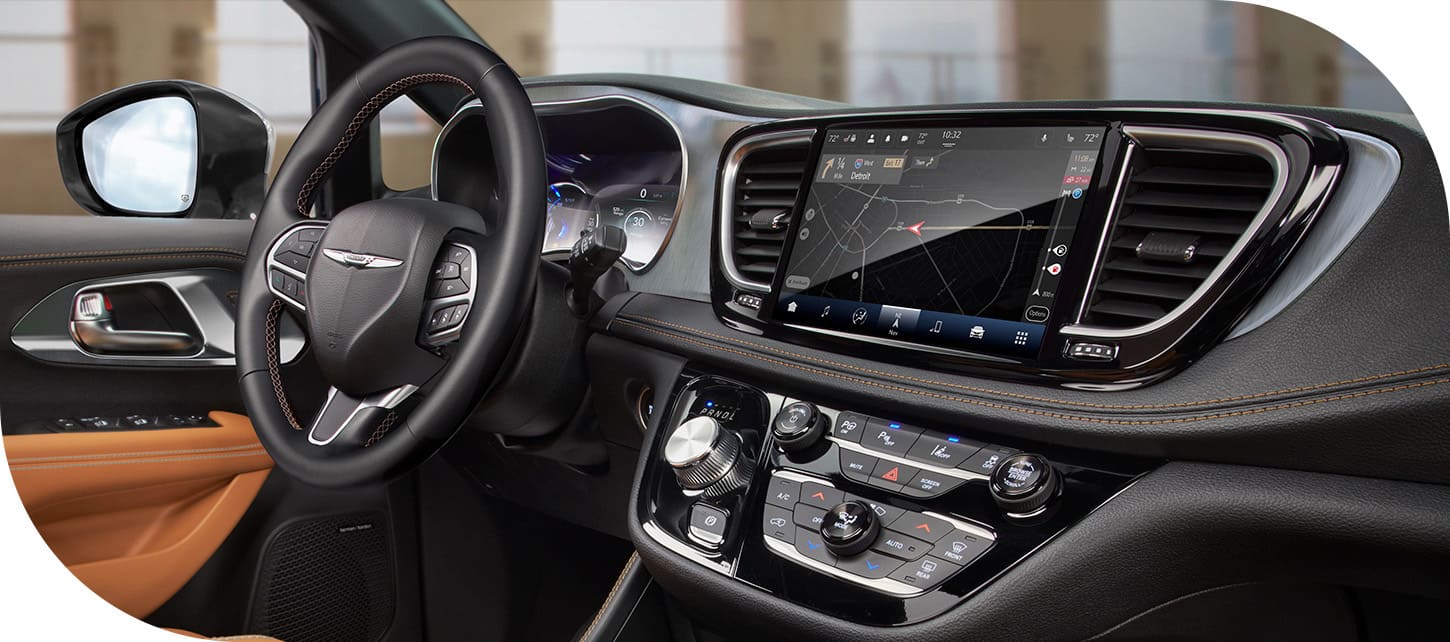
With seamless smartphone integration and a user-friendly touchscreen, keeping your 2026 Chrysler Pacifica Plug-in Hybrid connected to what matters has never been easier. Whether you’re accessing real-time traffic updates, streaming your favorite tunes or keeping in touch with loved ones on the go, it’s all available at your fingertips.
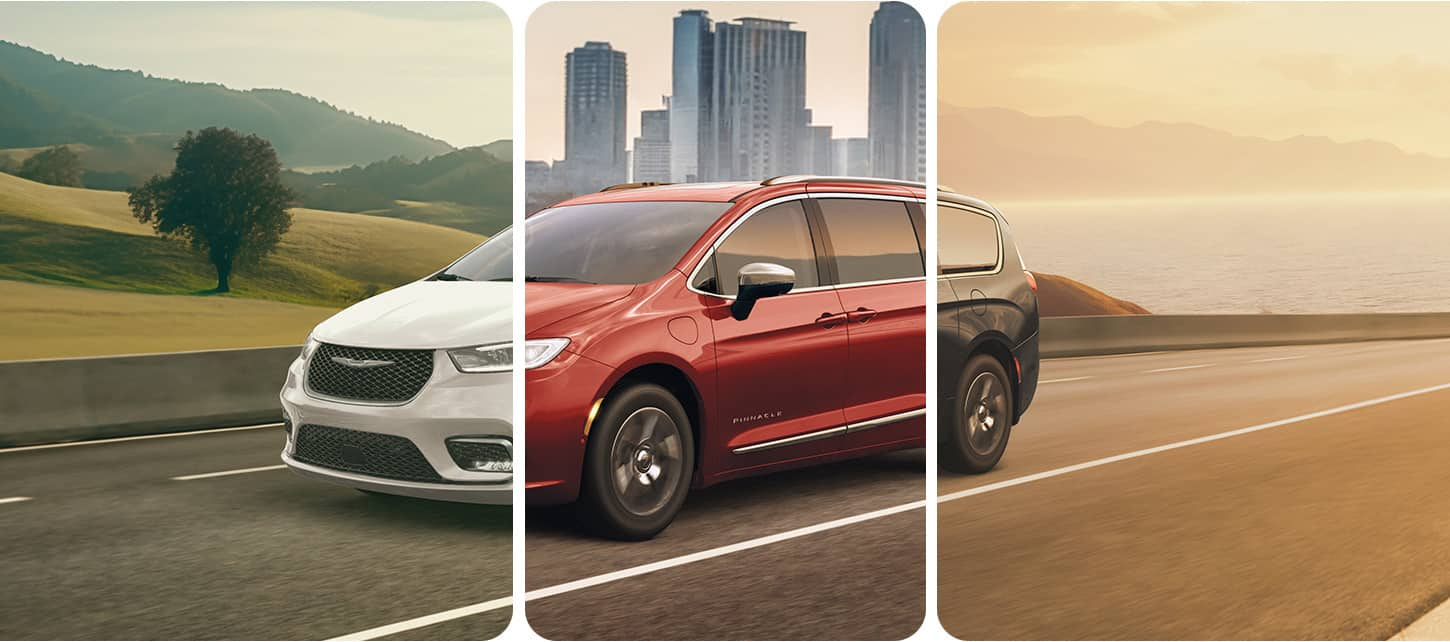
More than just a pretty face, the 2026 Chrysler Pacifica Plug-in Hybrid is designed to help you navigate your everyday. With beauty and brains, you’ll rule the carpool with features like seamless smartphone integration and a user-friendly infotainment system.
OWNERS AND MORE
SERVICES
CHRYSLER VEHICLES
LOCATE
SPECIALTY MODELS
RESEARCH
PRIVACY CENTER
LEGAL
CHRYSLER INNOVATION